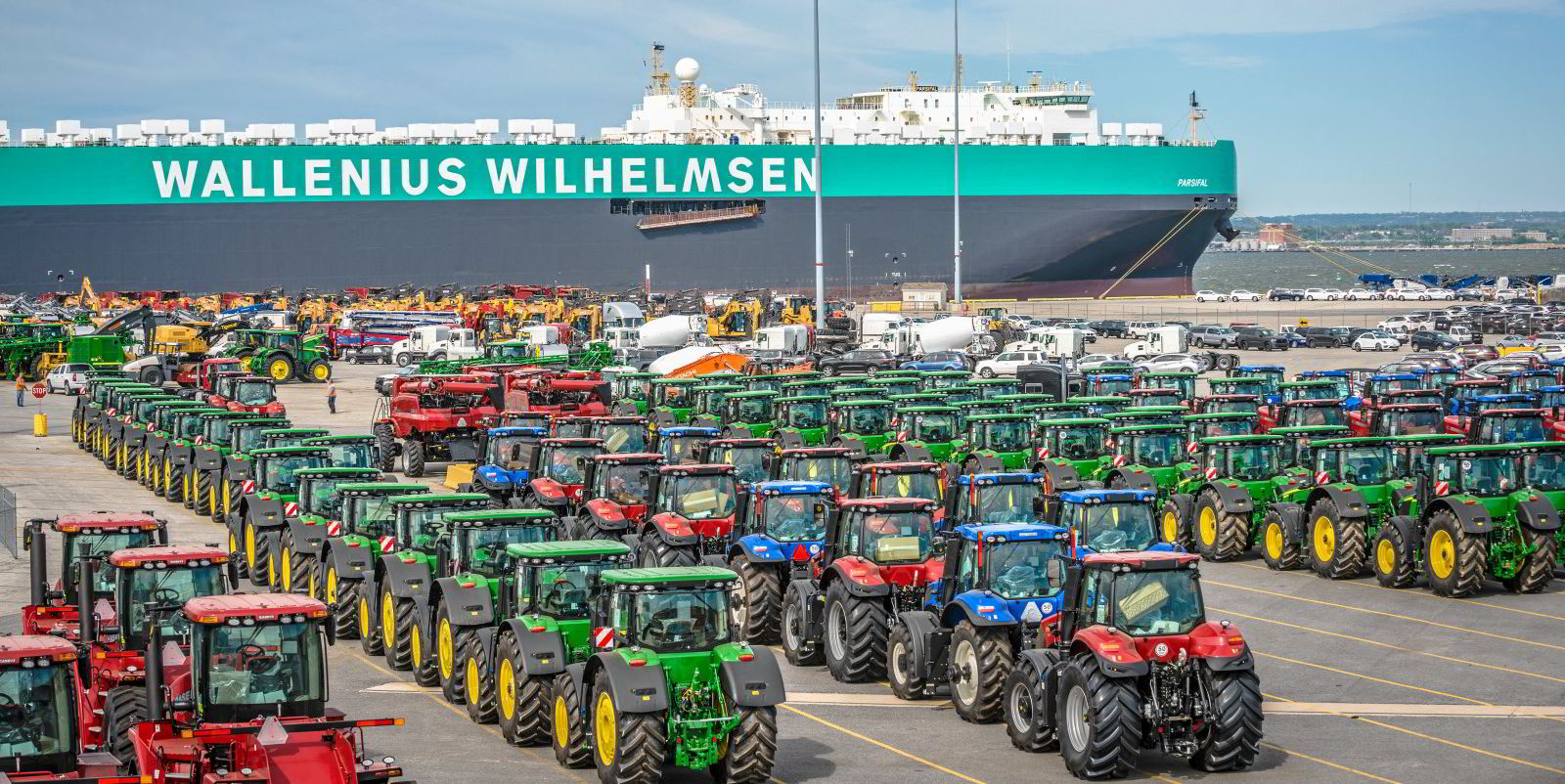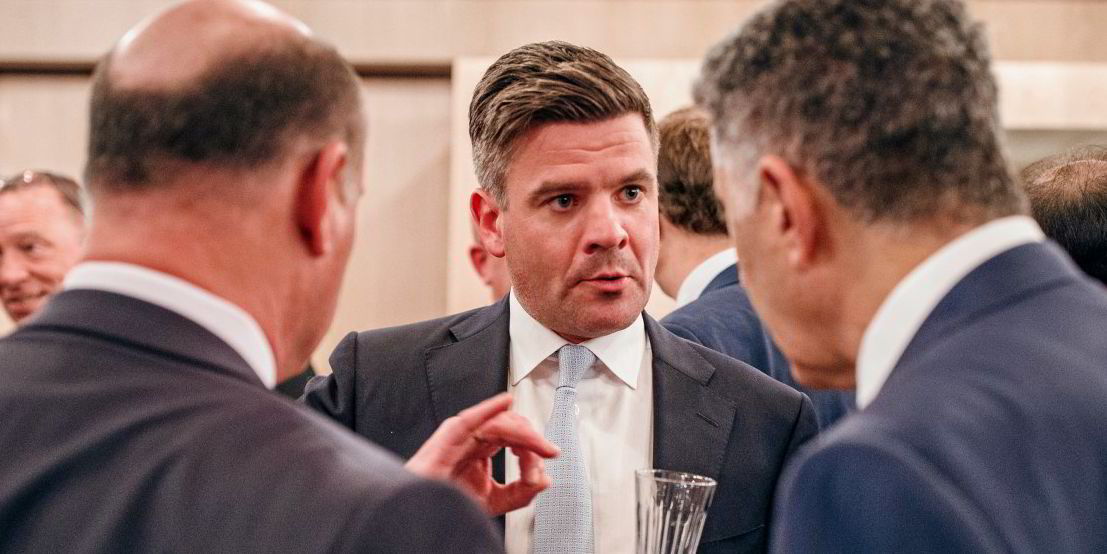Wallenius Wilhelmsen is successfully leveraging today’s boom in car carrier rates to make up for years of “unsustainable” rates from its big customers, new chief executive Lasse Kristoffersen told TradeWinds.
“We are using this market to make sure we get contractual rates back to sustainable levels,” he said after a second-quarter results presentation on 17 August at the company’s headquarters outside Oslo.
Wallenius Wilhelmsen has little direct exposure to the spot market and does not intend to move its ships in that direction, but Kristoffersen believes it can leverage current market rates to make up for many years of undersold rates on the long-term contracts with major industrial players that are the core of its business.
“You have to think of Wallenius Wilhelmsen as a company that has served long-term transportation needs of large global clients for decades in many cases,” he told TradeWinds. “But it has served them at rates that are not sustainable.”
He said the company is not being opportunistic in the sense of taking vessels from the long-term contract market to put them into spot, but is taking the opportunity to make customers in renewal negotiations see its need “to make money going forward and also to be able to invest”.
He finds his customers largely sympathetic to that: “Every contract is renewing at better terms.”
But he would not quantify the level of improvement, saying each contract differs because of different trades, volumes and cargo types.
“We can say we are now renewing at levels we are happy with, and that the customers … Well, of course they would always like it a bit lower and we would like it a bit higher, but we are renewing in good understanding with the customers.”
Another aspect of the repricing strategy is persuading shippers to share directly in the cost of decarbonisation. This was part of Kristoffersen’s agenda in his previous job at Thorvald Klaveness, which proposed optional higher “green freight rates” for customers willing to support the costs of decarbonisation directly.
At Wallenius Wilhelmsen, one specific project where decarbonisation is directly relevant to pricing negotiations is the Orcelle Wind initiative — a joint venture with Alfa Laval to build a car carrier powered by 80-metre-high telescopic wing sails. The 7,000-ceu ship would cross the Atlantic at an average speed of 10 knots with a 90% reduction in emissions.
Kristoffersen admitted not every customer is a likely prospect for such a service.
“The price of freight will increase, and the speed will decrease,” he said. “We have to work closely there with large global players that we have been doing business with for a long time.”
He declined to identify which cargo partners are in discussions to support Orcelle Wind, but indicated that some of Wallenius Wilhelmsen’s main global customers with significant environmental, social and corporate governance exposure consider the project appealing.
Supply constraint hangover
Meanwhile, he expects the current strong performance in the car carrier segment to power into the coming year and beyond, thanks to a long hangover of today’s severely constrained supply.
That expectation goes not just for the ship side, where the company’s fleet is beyond “sold out” levels, at 94% utilisation, but for the two main product types that it carries.
Demand for cars is greater than what the world can produce, not least because of the continuing shortage of chip-dependent car parts, and the situation is similar for the “high and heavy” machinery that is the company’s other main cargo, Kristoffersen told investors and local press at the results presentation.
“Every car produced in the world is sold almost immediately,” he said.
The same is true for construction, mining and agricultural equipment — “Every unit produced is sold.”
There are signs that end-user demand may be tapering off on that “high and heavy” side, which currently constitutes 31% of Wallenius Wilhelmsen’s cargoes by volume.
But consumer demand still has a lot of catching up to do.
Kristoffersen expects 86m cars to be sold worldwide next year — up from the expected full-year figure of 80 million for 2022.
On the high and heavy side, he sees a levelling rather than a drop-off.
“We expect demand to stabilise at the same high levels as now [on the high and heavy side],” he told investors when presenting a $126m after-tax bottom line result for the quarter.
The results presentation marked the company’s first live investor event at its headquarters since before the pandemic.




